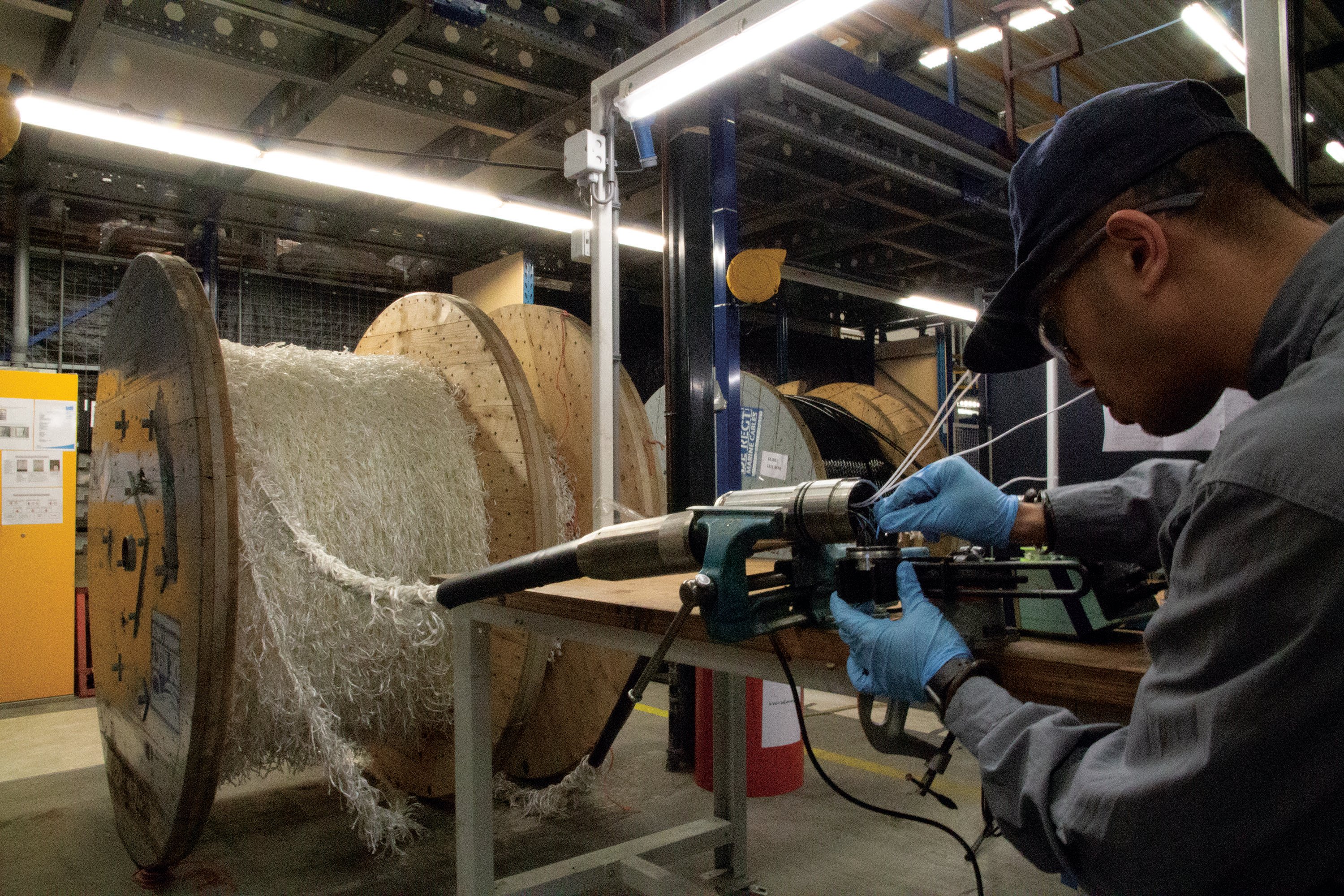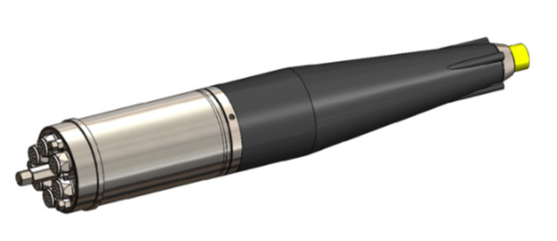Proper handling of undersea cables is the number one way to prevent damage and maximize the lifetime of your investment in equipment. This blog series presents a 5-step plan for safe handling and inspection of subsea cables and terminations, along with some general tips and answers to questions about when to contact your supplier for repairs:
- Step 1: Visual Inspection
- Step 2: Electrical Conductor Resistance Testing
- Step 3: Insulation Resistance Testing
- Step 4: Fiber Optics Testing
- Step 5: Termination Handling & Inspection
In this blog, we will cover the inspection and handling of terminations to help prevent damage to either the cable or the termination in order to keep your equipment operating for its rated lifetime.
Handling the Termination
The termination provides connection points for the electrical and optical components, while also transferring the necessary strength between the cable’s armor and the equipment case. To avoid damaging the components inside the cable, make sure to use the outer strength element of the termination for pulling. The electrical and optical connectors and their pigtails extending out from the cable core are not designed to support heavy loads.

Some larger terminations, such as a source umbilical faceplate design for seismic exploration, may be detached from cables during shipping and stored in a separate flange on the drum. Be sure to keep the storage clamps – they can be reused later if the cable is to be returned or put into storage.
Always check to see whether the cable ends and/or terminations are secure before carrying out cable rewinding operations. Pay particular attention to the terminations: unterminated cables are fitted with heat shrink and caps to prevent the ingress of water.
Bend Protection
The cable should never be subjected to a bend radius smaller than the minimum recommendation. During extreme bending the inner/bedding sheath, outer sheath, and subcomponents will be severely stressed and may be damaged.

To prevent bend damage at the point where the flexible cable exits from the rigid metal termination housing, a bend strain relief or bend restrictor is sometimes used. The bend restrictor is a molded rubber or polyurethane covering that covers both the end of the termination and the first part of the cable. When visually inspecting a cable, ensure that the bend protector is fitted snugly in place.
The best way to keep your subsea cables and terminations operational at all times is to take good care of your equipment and use it in the way it is intended. The result will be less downtime and less need for new equipment. By partnering with a cable supplier like DeRegt early in the design process, and following the recommended handling instructions, you can head off potential problems in your equipment and system, saving you time and money in the long run.
Practical Guide to extend Cable Lifetime
For more hints and tips on preventing damage to your marine cables and terminations, download our Practical Guide for extending the life of your seismic cables:



